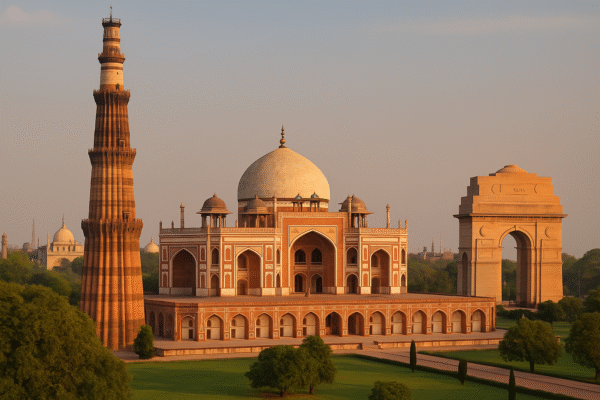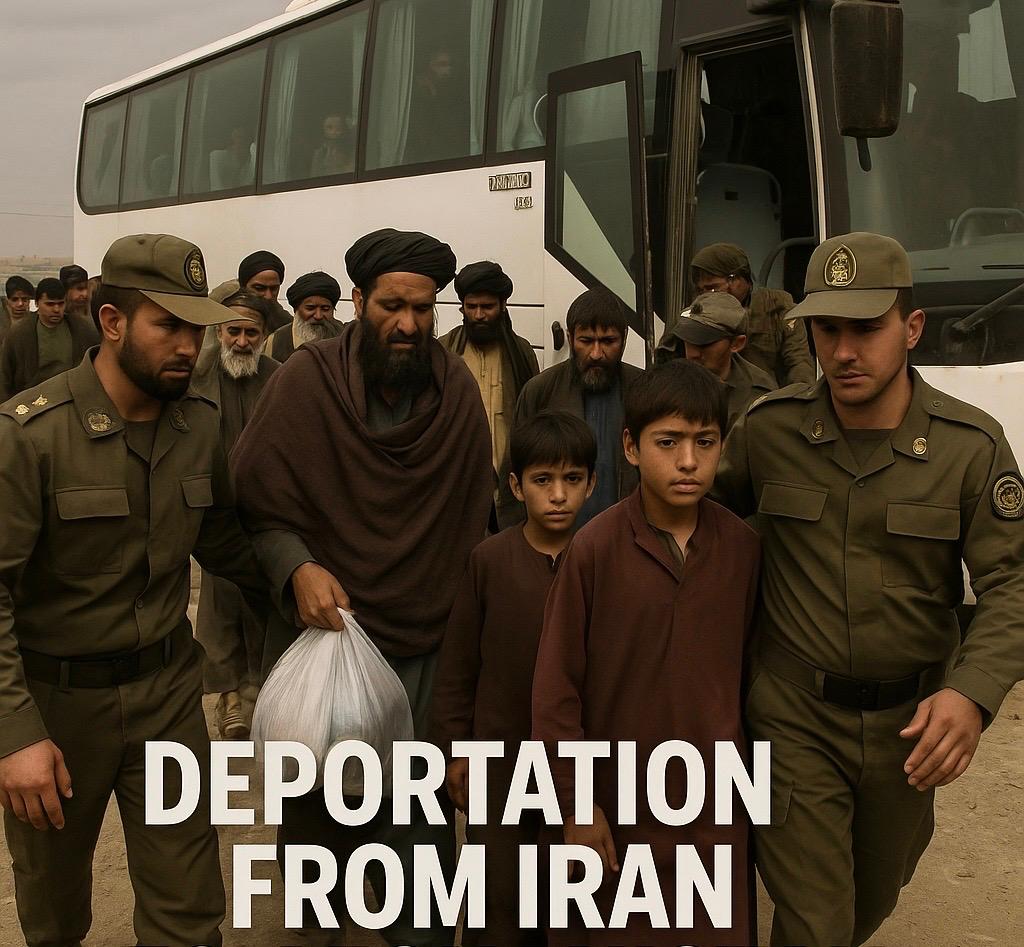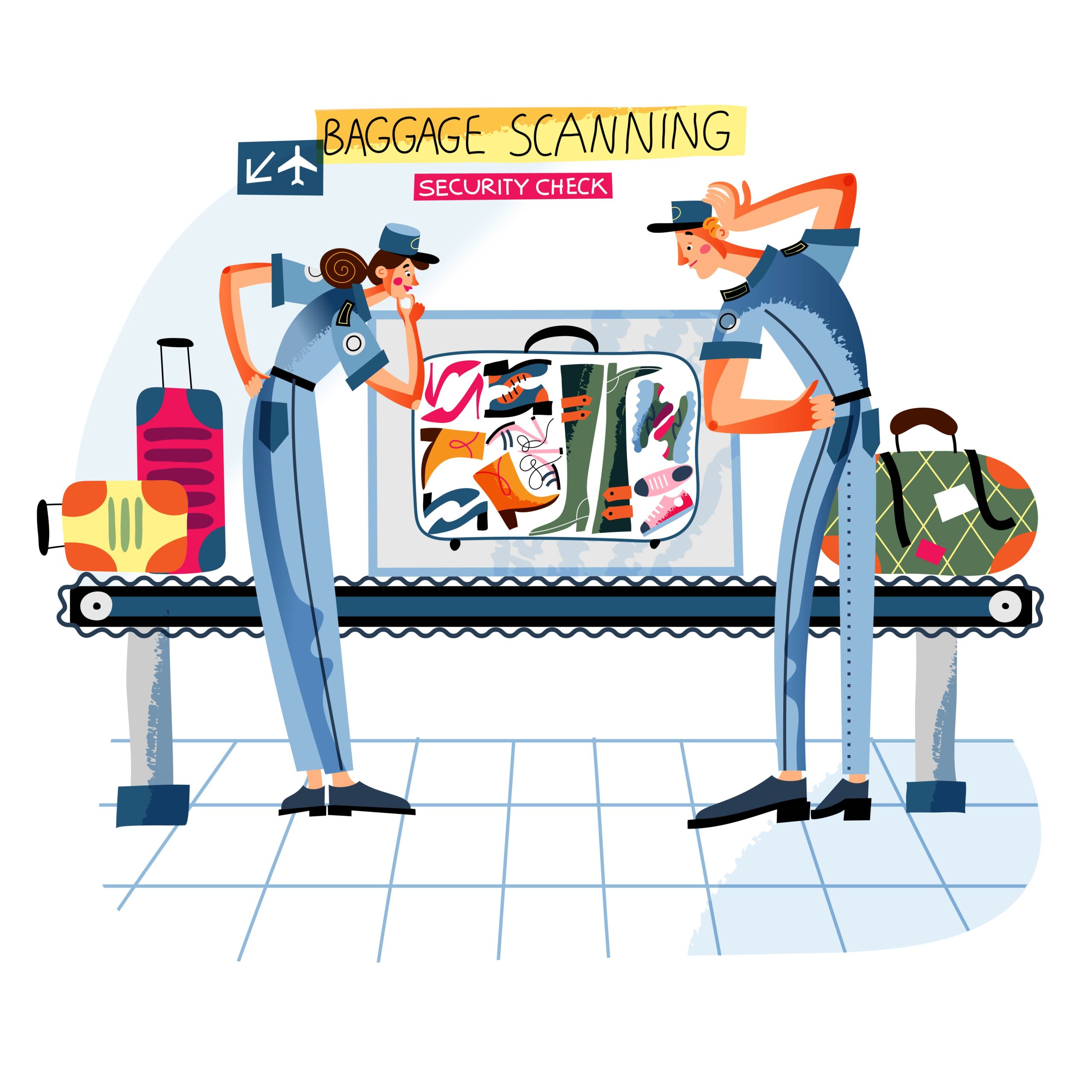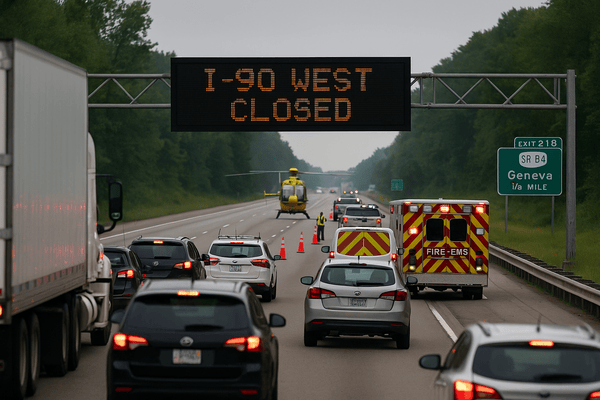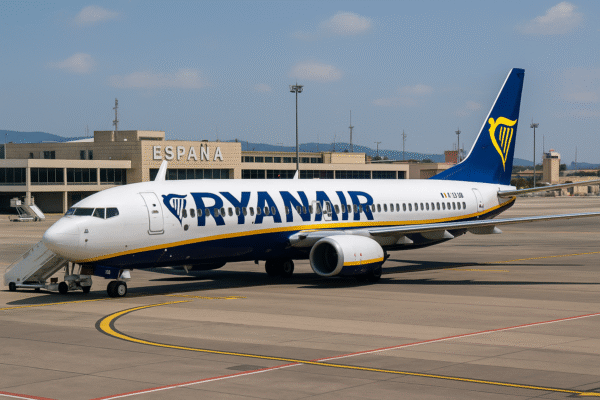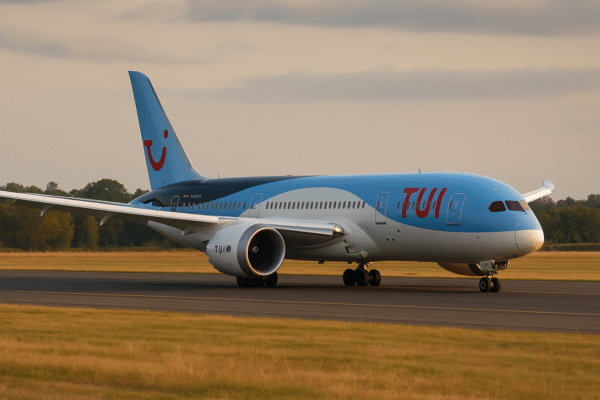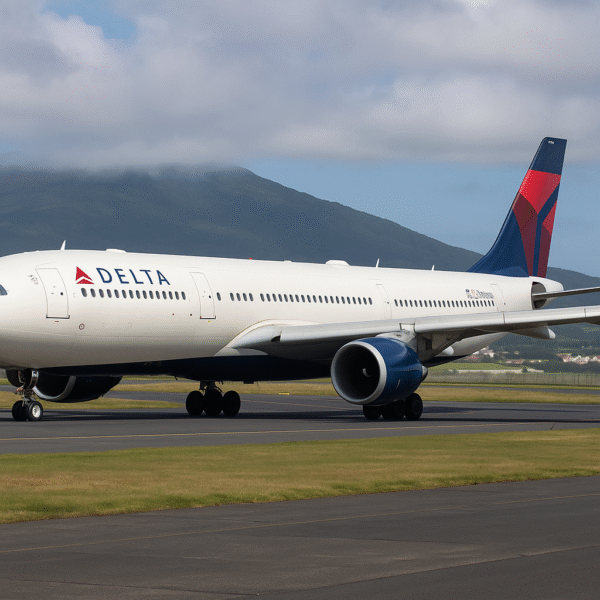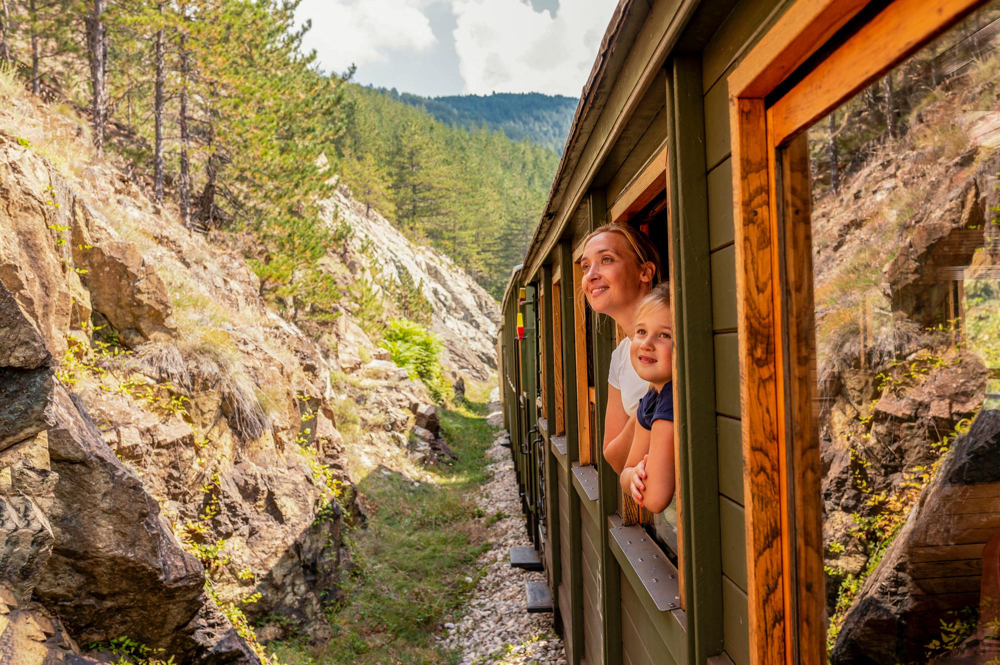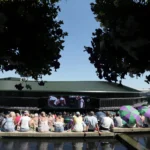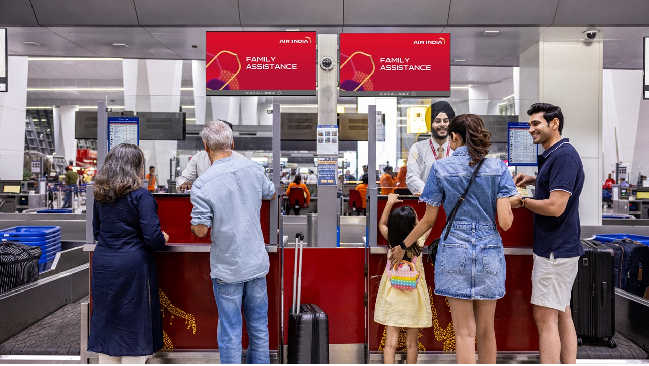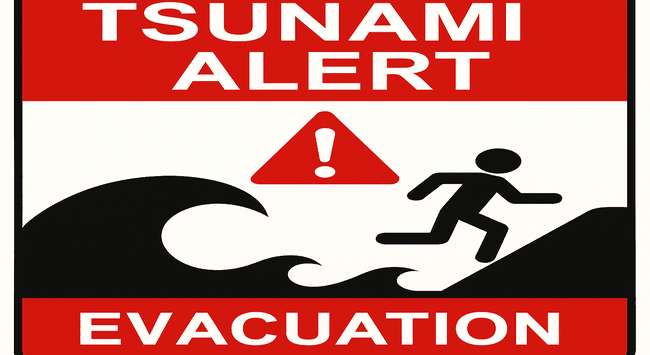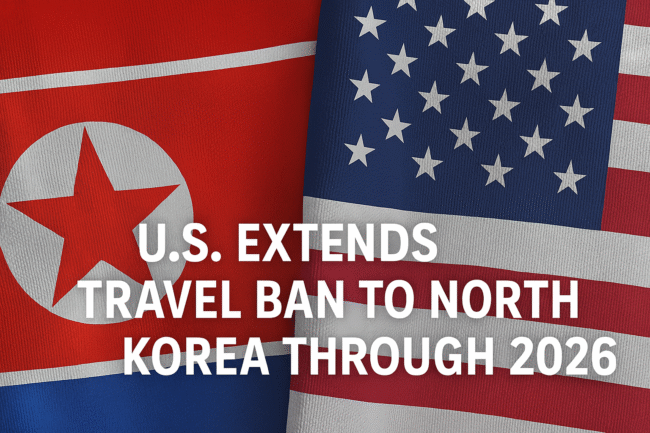Europe once envisioned an integrated, sustainable rail network that could rival airplanes and roads. Today, however, trains struggle to claim that status. From Switzerland’s punctual marvels to Germany’s chronic delays, cross-border inefficiencies, and expensive fares, the continent’s rail network still falls short of its green potential.
🇨🇭 Switzerland: A Rail Success Story
In Switzerland, the rail system is a global model for reliability, integration, and scenic appeal. Swiss trains consistently run on time—even through challenging Alpine terrain. Iconic routes like the Glacier Express and Bernina Expresslink major cities and scenic regions seamlessly.
This success stems from continuous federal investment and close coordination across regional government lanes. Although fares are high, Swiss travelers willingly pay for their efficiency and timeliness. For tourists, these trains aren’t just convenient—they’re part of the attraction.
🇩🇪 Germany: Delays and Disillusionment
Contrast Swiss rail with Germany’s Deutsche Bahn (DB), where delays and cancellations have frustrated travelers. Despite boasting one of the most extensive networks in Europe, DB’s punctuality issues push commuters and tourists toward cars or budget flights.
Efforts to privatize segments of Germany’s rail network have achieved nothing. Critics argue that fragmented services and rising costs hint at a profit-first rather than service-first mentality. Regional lines, in particular, receive little attention, reinforcing inequality in service quality.
💶 High Fares Inhibit Widely-Used Trains
Rail travel in Europe can be inconveniently expensive. Ticket costs vary wildly depending on country, route, and timing. In Switzerland, high-quality service justifies the price—average fairs on basic cross-border services often rival budget airlines.
Despite EU subsidies and environmental campaigns, high fares continue to dissuade budget-conscious travelers. Europa-wide discount passes help, but transparent pricing and cost competitiveness remain elusive.
⚙️ Cross-Border Gridlock: Gauge & Interoperability Issues
A major barrier to a coherent EU rail network is varying track gauges and technical standards. While much of Western Europe uses the 1,435 mm standard gauge, Spain, Portugal, Ireland, and parts of Eastern Europe use broader or narrower gauges. These disparities force passengers to change trains or bogies at borders, adding hours and complexity to journeys.
Interoperability also suffers due to differing signaling systems and platform heights, despite EU-wide standardization efforts.
🚄 EU Rail Reform: Ambitious Plans, Slow Progress
The Trans-European Transport Network (TEN-T), launched in 1996 and updated in 2024, outlines a vision for a seamless, multi-modal European transport system. It includes high-speed and green corridors as central pillars.
Since 2014, the Connecting Europe Facility (CEF) has allocated billions to TEN-T, with 77% going to rail. Projects like Rail Baltica and upgrades in Czechia and Poland, along with the recent reopening of critical alpine routes, aim to enhance connectivity.
Still, political fragmentation and prioritization of national over international routes limit impact. Without full cooperation across borders, the vision remains underachieved.
🚆 High-Speed Rail vs. Budget Flights
European policymakers see high-speed rail as a sustainable alternative for short-haul travel. However, limited funding, slow infrastructure build-out, and lack of EU-wide signaling standards have constrained adoption.
Although €723 billion is earmarked under the EU Recovery and Resilience Facility for transport, and €25.8 billionfrom CEF, implementation remains patchy. Critics argue that without faster progress, trains will struggle to compete with low-cost airlines, which continue to grow.
Emerging Solutions & Future Outlook
Despite systemic issues, change is possible. The successful reopening of key Alpine lines—Mont Cenis (France–Italy), Tauern (Austria), and Gotthard (Switzerland–Pisa)—offers hope.
Technical innovations, like gauge-adjustable bogies in Spain, Sweden, and Poland, can ease cross-border travel . And EU backing for broad-gauge expansion from Ukraine to Vienna shows regional potential.
To compete with airlines, Europe must speed up projects like TEN-T corridors, standardize rail gauges, and streamline border-caused delays.
🧭 What Travelers Can Do Now
- Plan ahead: Book early to access discount fares.
- Use rail passes: Look into Eurail or national multi-country passes.
- Check transfer times: Factor in cross-border changes due to differing gauges.
- Stay flexible: Allow for delays, luggage transfers, and connecting journeys.
- Consider alpine routes: Reopened scenic lines can offer both utility and experience.
🌍 Conclusion: A Fractured Rail Dream
Europe’s dream of a truly integrated, green rail network remains distant. While places like Switzerland thrive and regional projects show promise, major issues—delays, costs, fragmentation, and cross-border inefficiencies—continue to hold back rail’s potential as a preferred travel mode.
Strong commitment to EU-wide rail standards, funding, and cross-border cooperation is essential. Otherwise, European rail may remain a sustainable aspiration hampered by national borders—and travel habits may keep falling back to planes and cars.
For more travel news like this, keep reading Global Travel Wire
